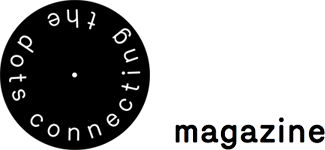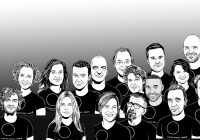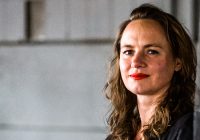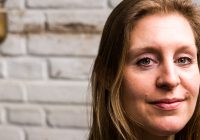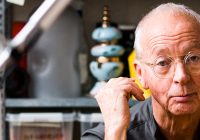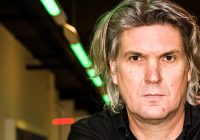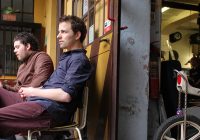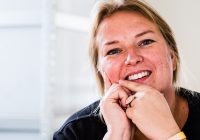Text by Anna Bates
Photo by Daphne Kuilman
Jeroen Wand presented his work at the Milan Design Week, together with the work of Mieke Meijer, at various locations such as at Ventura Lambrate, Cor Unum and Spazio Rossana Orlandi.
How do you work?
My work is raw and originates partly while I’m doing it. I try to find new ways to use everyday materials like paper and plaster – materials that have no value and are undervalued by paint that goes on them or the words written on them. I try to show their beauty.
How do you work with the plaster?
I make vases in a mould and I let the plaster set. When it dries, I dip it into a new mix of plaster. The old plaster sucks out the moisture from the new plaster, and it clings to the already hardened shape, creating a solidified cover.
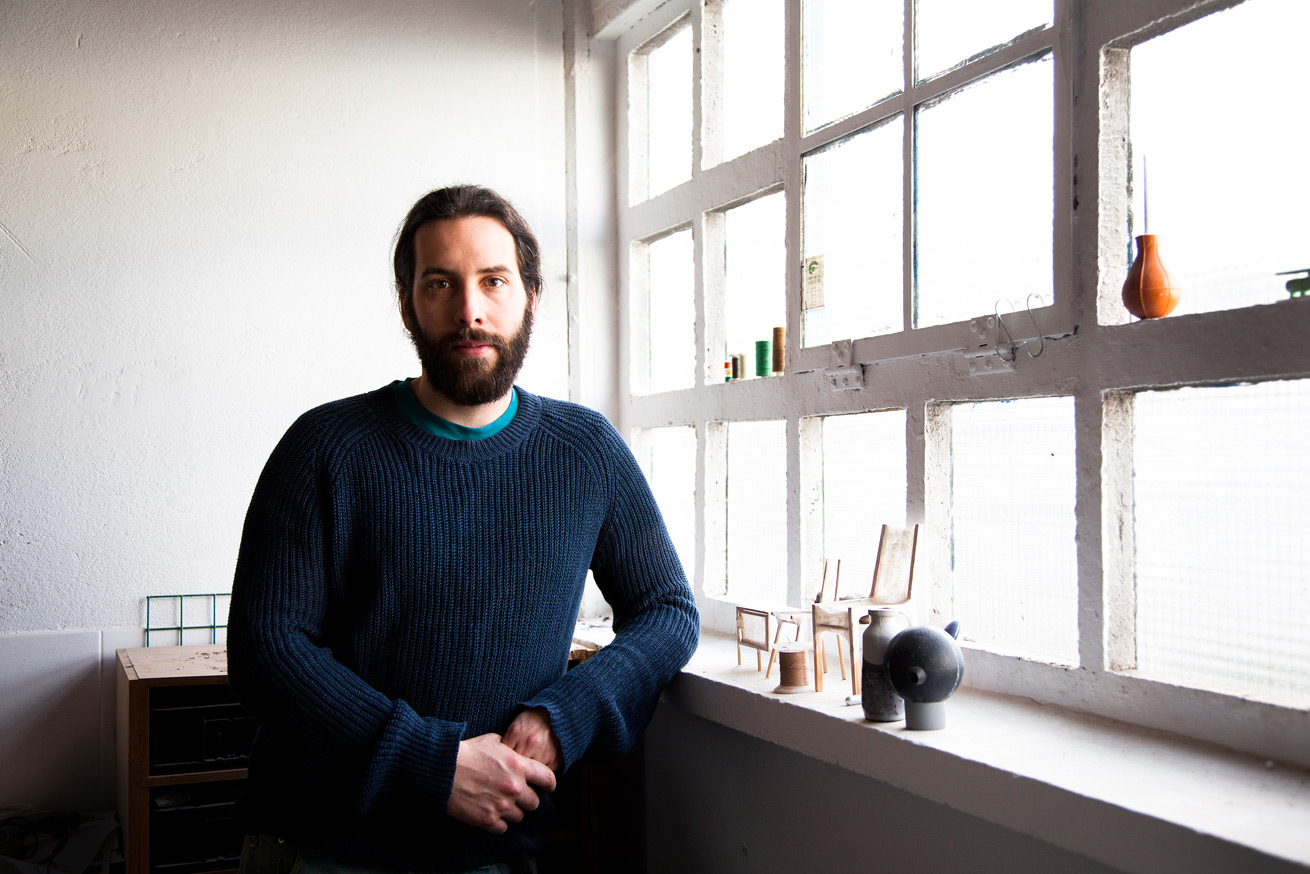
Jeroen Wand
This same material led process is present in your other work…
I’m showing a room divider called ‘Solid flat’ in Milan along with the vases – it’s a wooden frame –covered with a sheet of paper on both sides. There are several layers glued together and put in a vacuum where they are sucked together. You get this membrane: the end result has the same quality as the last part of the plaster vases, there’s a point where it’s up to the paper how and where it wrinkled.
How did this methodology start?
I graduated from the Academy of Fine Arts and Design in Maastricht in 2006 with The Paper Chair. This is when I realized you could do a lot with paper. What is important about these materials is that hightech materials are fine-tuned for a particular purpose. With low-tech materials, you can do different things with them; it’s in the nature of the material, it’s like they have an open mind.
How did you work with the paper to make the chair?
The idea came from plywood. I laminated about 35 layers – and then pressed it into a mould really hard. You can sit on chair with someone on your lap, and it weights only 4 kilos. Because it’s paper you can make sharp edges – it’s more flexible than plywood to work with. It also absorbs information; it gets stained when you use it. But that is a story that I like. It’s a bit like a book which is read 100 times.
What next?
A laminated table, which I also show in Milan. It’s the same technique as the paper, but using very thin slices of left over wood veneer, so you get the same sharp edges.
More information from his presentation with Mieke Meijer in Milan:
milan2015.thedots.nl/meijerwand/
